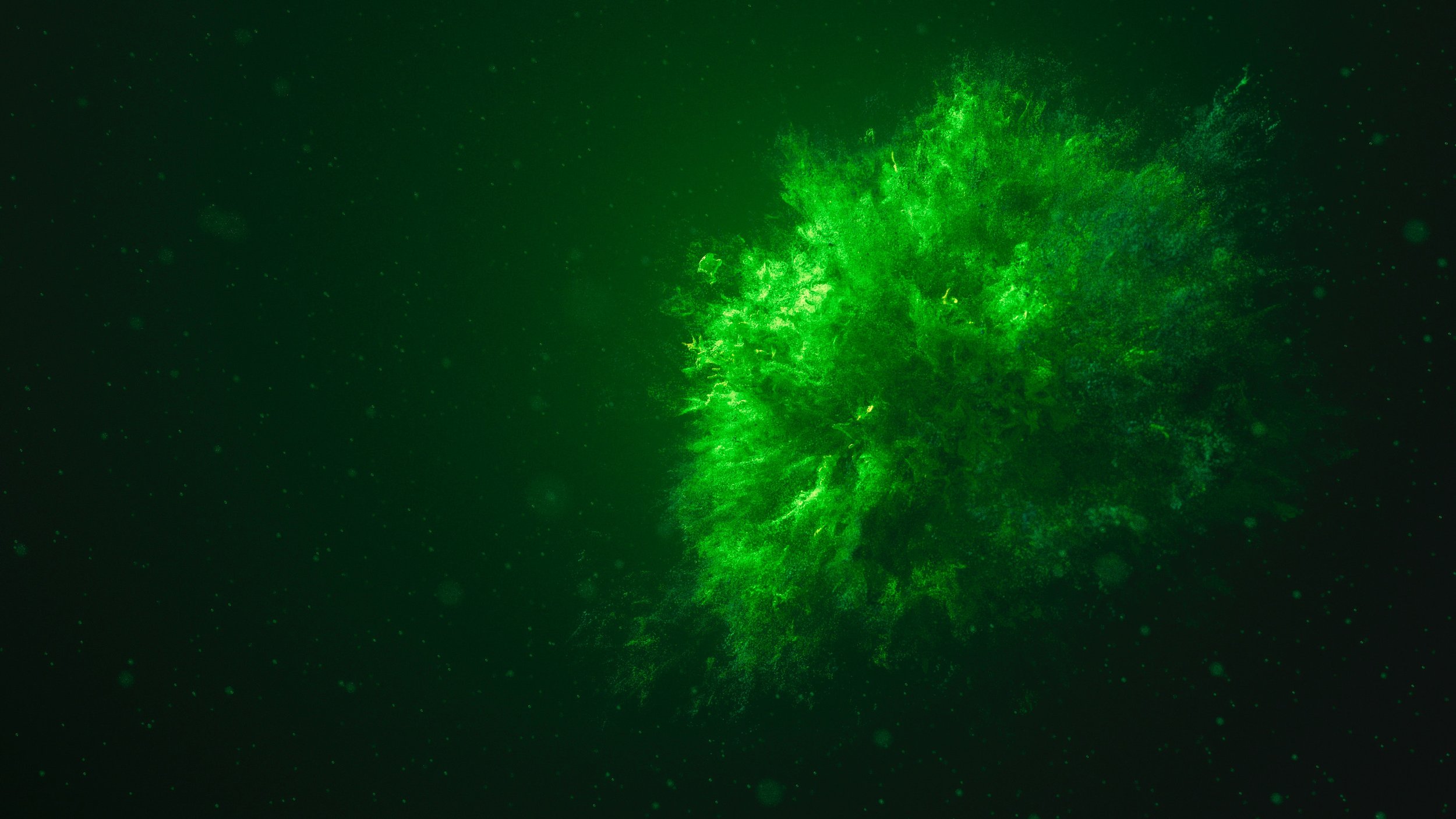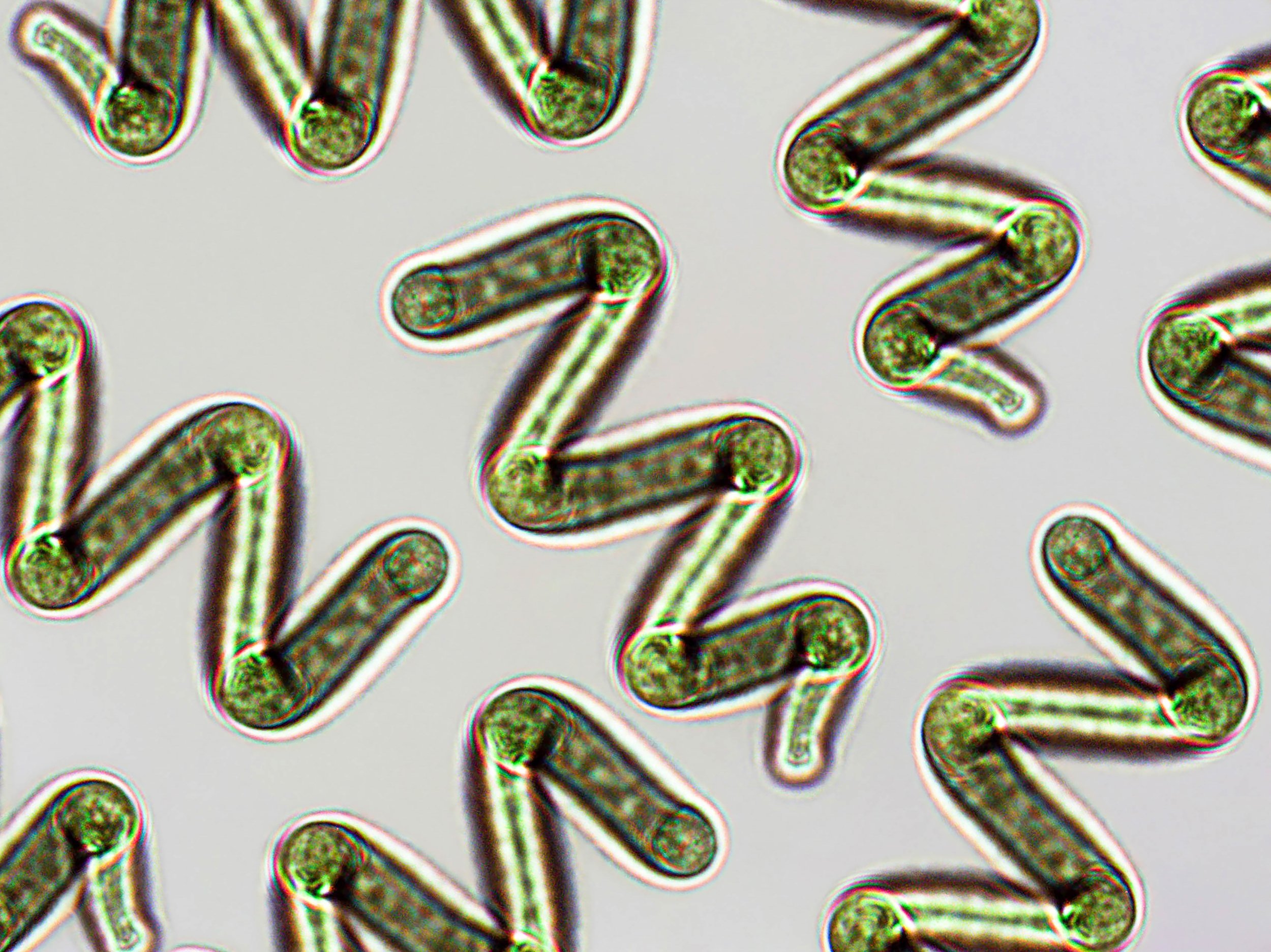
let’s talk about microalgae
What are Microalgae?
The majority of people would know Microalgae as the green residue in the pool or the indefinable substances in lakes, ditches, and seas. A somewhat undignified existence for a series of organisms at the forefront of numerous technological and scientific breakthroughs.
There are an estimated one million species of Algae and, to date, more than 200 applications. This application pool grows by the day, thanks to the research and development that has been invested in it.
Aligma predominantly supplies Spirulina, which is a Cyanobacteria. A type of Blue-green Algae.
The numerous environmental and climate benefits that the cultivation of Microalgae has, and its countless applications make it the mother of all crops. Moreover, current trends in renewable resources put microalgae at the forefront. After all, they have stood at the beginning of life and the base of the food chain for billions of years.

-
Land usage is a very crucial topic in agriculture. Compared to traditional farming, cultivating Microalgae is one of the most efficient and productive types of farming to engage in. Efficient in the sense that farming Microalgae requires less land to produce the same amount of any other crop. A secret that lies in the DNA of Microalgae is the ability to convert sunlight and CO2 into biomass and oxygen—further asserting them as a very efficient photosynthetic organism, outperforming any other crop around 10 to 50 times over.
Speaking of land, Microalgae do not need arable land to grow. They can be cultivated in deserts or even in water. And they do not compete with land for food crops production, something that is very sought after in a world where so much land is needed for traditional crops.
Microalgae extracts that are inconsumable by humans or animals can be cultivated in wastewater. Moreover, the Microalgae will even do the favour of getting rid of excess phosphates and nitrates in the water.
Although they are grown in water, in reality, they require very little water to grow. At the same time, they thrive in both saline and freshwater. And a harvest can be done every 14 days instead of seasonal, making the output very productive, consistent, and able to meet increased demand.
-
Subsequently, the intake of Spirulina has been linked to an improvement in human and animal health. Spirulina's influence over human and animal development stems from its nutritional and protein-rich composition, as well as the abundance of carotenoids, fatty acids, minerals, vitamins, and antioxidants. This makes Spirulina a superfood. Which is the reason it is often used as health supplements or processed into food for a healthier impact.
-
Protein can be difficult to digest and metabolise. As they are often protected by thick cellulose cell walls. However, due to the inexistence of cellulose walls in Spirulina, the problem with digesting protein becomes insignificant, making it the most digestible source of protein.
Spirulina has a complete amino chain profile consisting of all 9 essential amino acids and 10 of the 12 non-essential ones. It also contains 2.5 times more protein than that of lean meat by weight.
-
The protein cited in Spirulina helps reduce the absorption of cholesterol in the body. Subsequently, lowering the overall cholesterol levels helps keep arteries clear, reduce the risk of strokes and heart attacks due to lower chances of developing blood clots.
Spirulina also increases nitric oxide levels in the body, allowing blood vessels to relax. This, in turn, has been shown to reduce blood pressure, consequently lowering your risk of a heart attack.
-
Heavy metals are small amounts of otherwise common elements found in various food. However, they can be toxic in large quantities, specifically notorious ones like cadmium and lead. While it is rare for someone to have excessive amounts of heavy metals in their system, environmental exposure can make it possible, especially if their occupation puts them at risk.
In fact, some microalgae species are capable of supporting healthy detox levels. Animal studies have indicated microalgae can help the body remove excess heavy metals, together with other harmful substances.
Moreover, Microalgae can also help weaken the toxic effect of heavy metals in the brain, liver, and kidneys. The liver and kidneys are particularly at a high risk of heavy metal toxicity because most of what we consume passes through these two organs.
-
Due to recent global events, immunity has been a hot topic in the last two years. Needless to say, our immune system is constantly working to keep us as healthy as possible and support our health recoveries.
Recent research has cited the potential of microalgae in supporting a healthier immune response. Studies also suggest people who took Microalgae supplements produced more antibodies than when they took a placebo. Antibodies are responsible for facing harmful microorganisms head-on, so this finding is promising.
Other promising health benefits of consuming Microalgae supplements include high antioxidant properties, cholesterol, blood sugar, and blood pressure improvement, and support respiratory health. Some experts also highlight the athletic benefits of taking Microalgae, particularly for endurance sports and training.
-
According to NASA, 1kg of Spirulina is equivalent to an assortment of 1000kg of fruits and vegetables. This explains why NASA is administering astronauts Spirulina as a supplement and looking at producing Spirulina on interplanetary missions. Do we need to say more?
Many of the health benefits apparent in humans are also reproduced in animals when it comes to animal feeds. Studies also associated Spirulina with improvements in animal growth, fertility, aesthetics, and nutritional product quality. The benefits include increased disease resistance, increased survival rates, reduced medication requirements and improved quality and colouration of various fish and shellfish.
-
If nature has taught us anything, it is that it often provides the best solution. Considering Spirulina decomposes fast and retains a presence in the soil, it allows for a steady absorption of its nutrients by the plants/trees growing in the soil. It also promotes microbiome activity in the soil, which simulates topsoil qualities for future plants and the growth of the roots.
The proof is in the pudding, or in this case, studies showing that soaking seeds in a Microalgae mixture increases germination rates and improves root and overall plant growth.
As nature's way of fertilising vegetation, Algae are carried along waterways which are then deposited along the riverbanks that feed the vegetation.

